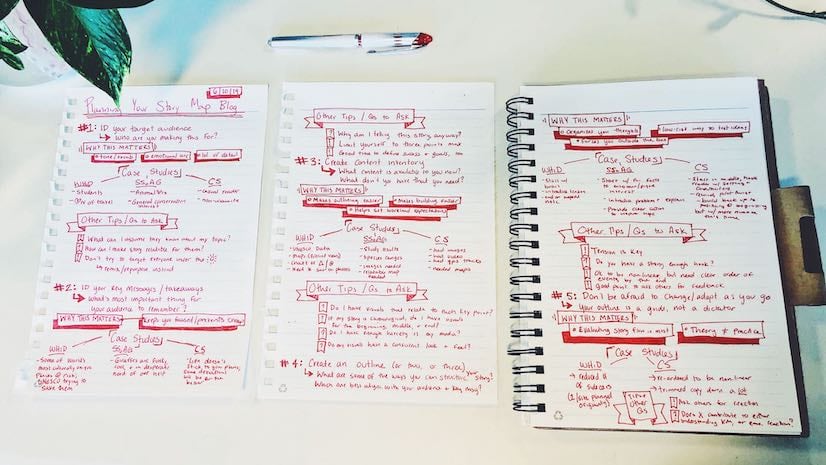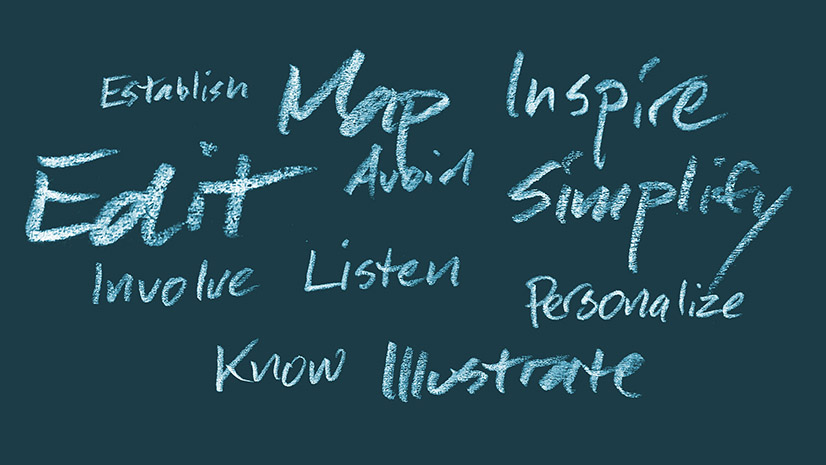Before there was ArcGIS StoryMaps, there were the classic Esri Story Maps templates: Story Map Cascade, Journal, Map tour, Series, and Shortlist. These templates paved the way for ArcGIS StoryMaps, pioneering many of the reading experiences storytellers have come to love in the tool.
If you’ve long enjoyed the classic templates, and haven’t felt the need to give ArcGIS StoryMaps a try yet, now’s a great time to do so. Why? Well, the classic templates are now in extended support. This means they won’t receive any new features or enhancements—unlike ArcGIS StoryMaps, which is updated bi-weekly. While they’re in extended support, the team will only make critical maintenance updates to the classic templates.
In 2023, though, the classic templates will move into mature support. In this phase, any stories made with these templates will continue to be available, but no further updates will be made to the software; please be aware that as technologies (such as web browsers) advance, the performance and behavior of classic stories may be affected.
But enough about product lifecycles, those aren’t much fun.
Instead, let’s focus on the features in ArcGIS StoryMaps that align with the core classic experiences, as well as the many ways this latest-generation tool surpasses the templates that came before it.
Use the videos below to see how members of our team recreate classic stories step by step.

Map tour
Fans of the classic tour template can easily achieve the same effect in ArcGIS StoryMaps using the aptly named map tour block. Expanded layout options and greater media capabilities are just the cherry on top.
Shortlist
Combine the map tour block with story navigation in ArcGIS StoryMaps, and you’ve got a new and improved shortlist experience for your readers! Plus, you can add narrative sections in between to give each category of places more context, if needed.
Cascade
The youngest of the classic templates is also the easiest one to mimic in ArcGIS StoryMaps. The scrolling narrative section is the de facto experience in the next-generation tool, and the floating panel layout in sidecar is a ringer for cascade’s immersive section. The biggest difference? You can easily incorporate other non-scrolling experiences all in the same story with ArcGIS StoryMaps.
Journal
If you loved the two column layout of journal, with its fixed main stage and scrolling narrative panel, the sidecar block in ArcGIS StoryMaps is for you. Use the docked panel to achieve the same effect. You can feature all kinds of media, like web embeds, photos, or videos; or add a map to the media panel and use map actions to invite readers to explore on their own. The expanded styling and narrative options won’t disappoint, so be sure to check them out!
Series
The classic Story Map Series template had two popular uses: to bundle a variety of related items together into a single link, or to present a short sequence of related maps with minimal accompanying context. In ArcGIS StoryMaps, you’ll use slightly different features to mimic the series experience, depending on your end goal.
Bundle related items
Authors historically used the series template to share related stories, apps, PDFs, and other web content via a single link. The collections feature of ArcGIS StoryMaps fills this need elegantly, providing a suite of design, navigation, and layout options to boot.
Present a sequence of maps
The other major use case for this template was to present a set of related maps together that readers could peruse on their own, like a sort of atlas. If you’re looking for this no-scrolling-required experience, the slideshow block is what you’ll need; you can even adjust the transition speed between slides to make changes in the displayed data more prominent (if desired).

It’s worth mentioning that these videos only scratch the surface of what’s possible in ArcGIS StoryMaps. The best way to discover all this next-generation has to offer is to simply dive in and start experimenting. Of course, if you’d like a more guided orientation, you can find a variety of helpful resources on the ArcGIS StoryMaps website. Happy storytelling!




Article Discussion: